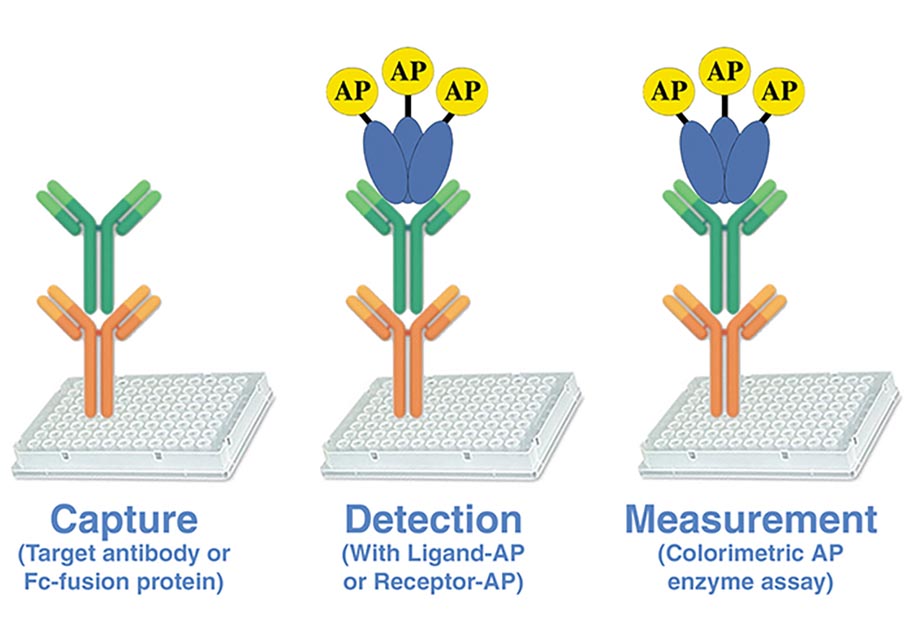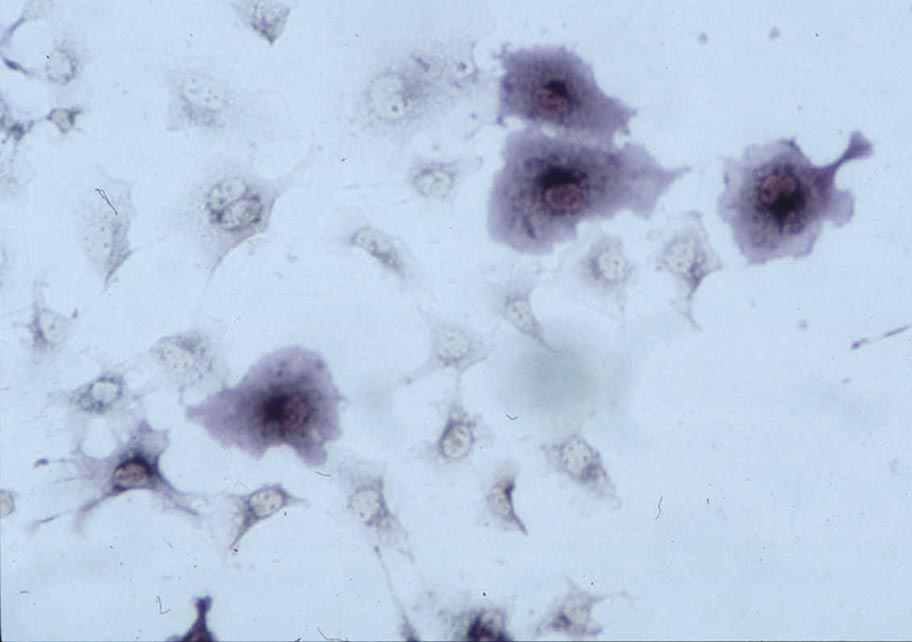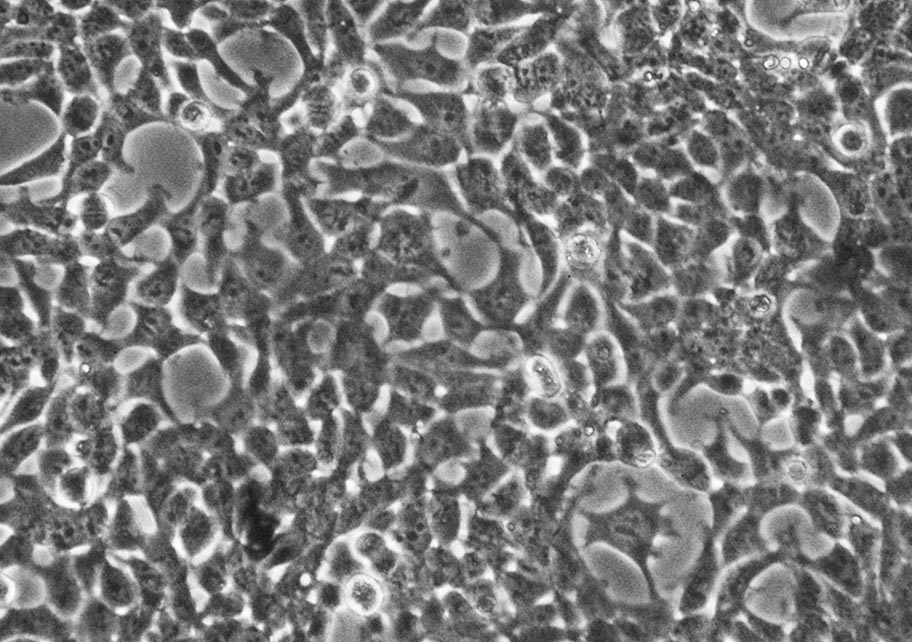- Home
- AP-TAG
AP-TAG

AP fusion construction: Create an in-frame fusion of your cDNA encoding a secreted ligand or soluble receptor.

Rapid functional detection and quantification of receptor binding using AP antibody & assay reagents.

AP-TAG technology can be used for high-throughput screening.
Overview
AP-TAG technology has revolutionized the way cell surface receptors and ligands are detected and cloned. The essence of this invention is to allow a cDNA sequence encoding any secreted polypeptide ligand or extracellular domain of a receptor to be in-frame fused to human placental secreted alkaline phosphatase (AP) in pAPtag cloning vectors. The resulting ligand-AP fusion protein, designated AP-body, when expressed in 293T or CHO Cells, can be secreted at high levels into the culture medium and thus easily detected by either the AP activity assay or Western blot analysis using antibody against AP. The Ligand-AP or soluble receptor-AP fusion proteins thus can serve as affinity agents much like antibodies, which allow the most convenient, safe, and sensitive detection and cloning of their corresponding cell surface receptors or ligands. Unlike the conventional radioactive 125I labeling method, AP-TAG is safe and does not require ligand/soluble receptor purification.
Since its invention, many important cell surface receptors and ligands have been cloned by AP-TAG technology including receptors for Leptin, Semaphorin III, Nogo-66, IL-24, Jelly Belly, and ligands for Kit, Mek4 and Sek receptor tyrosine kinases.
If you are working with a secreted protein or cell surface molecule cloned by DD or other methods, AP-TAG technology may allow you to functionally characterize these genes further.
-
AP-TAG Vectors and Kits...More Info
-
Assay Reagents & Antibodies...More Info
-
Cell Lines (Bacterial & Mammalian)
We have bacterial and mammalian cell lines for the AP-TAG Ligand/Receptor Detection & Cloning System...More Info
 Loading... Please wait...
Loading... Please wait...





